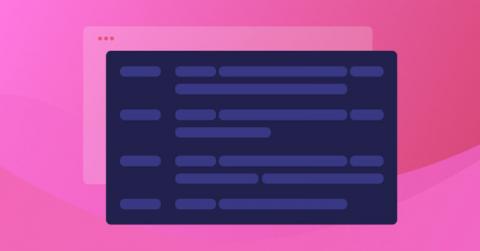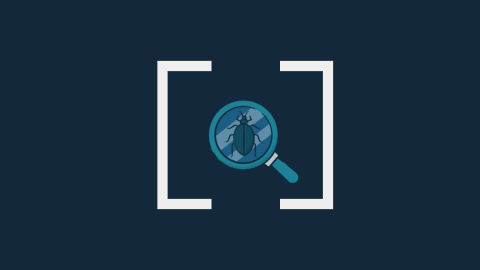Security | Threat Detection | Cyberattacks | DevSecOps | Compliance
Vulnerability
Microsoft Updates Mitigations For Unpatched Microsoft Exchange Zero-Days
Read also: Comm100 chat provider hacked in a supply chain attack, a teen used leaked Optus data in a data extortion scam, and more.
Cloud security fundamentals part 1: Know your environment
140,000 Social Security numbers and about 80,000 bank account numbers — that’s what one attacker stole from a major financial institution back in 2019. How did it happen? The attacker used firewall credentials to obtain privilege escalation and hack into improperly secured Amazon cloud instances.
Proxy authentication in Snyk CLI for Windows
Today we’re announcing support for SPNEGO-based Kerberos and NTLM proxy authentication protocol support in Snyk CLI for Windows, with support for other operating systems coming shortly.
How to Find Arbitrary Code Execution Vulnerabilities with Fuzzing
Remember Log4j? Arbitrary code execution bugs are more common than you think, even in memory-safe languages, like Java. Learn how to find these vulnerabilities with fuzzing. Arbitrary code execution vulnerabilities represent one of the most dangerous classes of vulnerabilities in Java applications. Incidents such as Log4Shell clearly demonstrate the impact of these security issues, even in memory-safe languages. They also show that fuzzing can be very effective in finding these vulnerabilities.
Uncovering Hidden Bugs and Vulnerabilities in C/C++ | How to Fuzz Your Code With 3 Commands
Stranger Danger: Your JavaScript Attack Surface Just Got Bigger
How to hack a vulnerable OWASP Node.js apps: Part 2 | Snyk
2022 Collaboration Partner of the Year: Snyk
This week, at HashiConf 2022, Snyk was recognized by HashiCorp as the winner of the 2022 Collaboration Technology Partner of the Year award. Carey Stanton, Snyk’s Senior Vice President of Business Development, was in Los Angeles and accepted the award on stage at HashiConf. Snyk is honored to be named HashiCorp’s 2022 Technology Partner of the Year for Collaboration.











